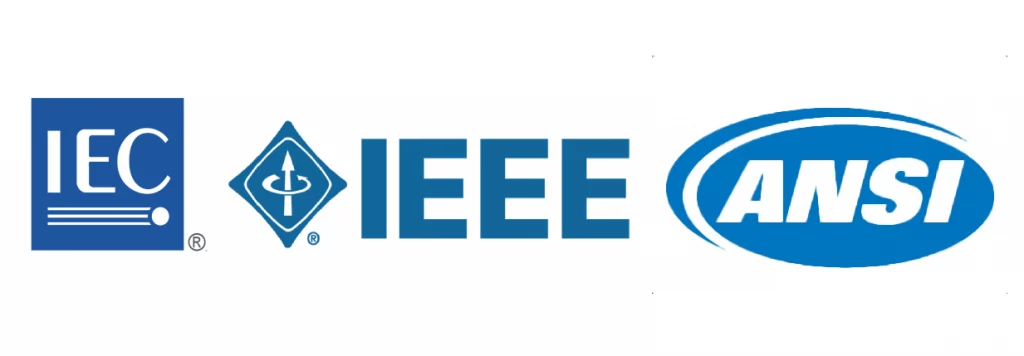As Electrical Engineers, we deal with voltages almost every day in our lives. Sometimes, voltages levels or voltage classes are a bit confusing not only for us but for other people to whom we interact with as well. Maybe you may have experienced someone asking you, what is a medium voltage? What will be your answer?
There are two (2) major standards being used in the electrical industry. The North American Standards (IEEE, ANSI, NEMA, etc) and the International Standards (IEC, EN, BS, VD, AS, etc). These two (2) standards, despite their efforts to harmonize, still have major differences. An equipment designed for the former could not be installed in the latter without modifications. Physical dimensions of electrical equipment are different as well, even up to the smallest parts such as nuts and bolts.
Going back voltage classes or levels, what really are low voltage, medium voltage and high voltage? North American voltage classes are different from IEC voltage classes.
| Voltage Class | ANSI | IEC |
|---|---|---|
| LV (Low voltage) | ≤1kV | ≤1kV |
| MV (Medium voltage) | >1kV → ≤ 69kV | >1kV → ≤ 35kV |
| HV (High voltage) | >69kV → ≤ 230kV | >35kV → ≤ 230kV |
| EHV (Extra high voltage) | >230kV → ≤ 765kV | > 230kV |
| UHV (Ultra high voltage) | > 765kV | - |
As shown in table above, there are some subtle differences between ANSI and IEC voltages.
- Medium voltage for ANSI is up to 69kV, while IEC is up to 35kV
- Extra high voltage for ANSI is above 230kV up to 765kV while IEC is above 230kV
- There is no ultra high voltage class for IEC
These voltage classes are very important when selecting electrical equipment voltage ratings. Ensure that ANSI and IEC voltage are not mixed up into your specification and datasheet.
References:
- ANSI C84.1
- IEC/TR 61000-3-6
- IEC 60038
